Did angry advertisers really boycott YouTube? The answer may surprise you.
Digital Content Next - In March this year, a few big national brands were reported to have been found running adjacent to hate speech and even videos promoting terrorism on YouTube in the UK. This triggered a cascade of negative press with articles titled “YouTube is facing a full-scale advertising boycott over hate speech” (The Verge) or “YouTube boycott over extremist ads slams shares” (USA Today).
In the immediate aftermath on March 23 Google’s stock dropped 4% and some top advertisers stated that they would stop advertising on YouTube.
ReadCharting the Adpocalypse: 5% of Advertisers Left Google Preferred
OnlineVideo.Net - YouTube’s well-publicized brand safety concerns earlier this year led hundreds of advertisers to threaten to boycott the top video sharing site. It also led to a noticeable dip in ad revenue for the site’s top creators—something drama-loving video-makers dubbed “the adpocalypse.”
But how many advertisers actually went through with their threats and stopped advertising on YouTube? To find out, ad sales intelligence company MediaRadar did a little digging.
ReadYouTube Lost 5 Percent of Top Advertisers in April
U.S. News - A new study from MediaRadar revealed that an advertiser boycott of Google's YouTube may have cost the video platform 5 percent of its top advertisers last month – a finding that threatens the stock of Google parent company Alphabet Inc (ticker: GOOG, GOOGL).
In late March, several high-profile YouTube advertisers left YouTube after reports that YouTube's programmatic advertising algorithms were placing ads near content that is inappropriate or harmful.
"We are deeply concerned that our ads may have appeared alongside YouTube content promoting terrorism and hate," an AT&T Inc. (T) spokesperson said.
The YouTube boycott that wasn’t
Campaign U.S - "The Times of London" first reported on March 17th that ads were appearing alongside extremist videos on YouTube. From there, things escalated quickly. Within a week, eight blue chip brands—Starbucks, Dish, AT&T, Pepsi, GM, Verizon, Johnson & Johnson and Walmart—announced they were going to boycott Google and YouTube due to brand safety concerns.
MediaRadar, an ad-sales intelligence platform, wanted to see whether the brands actually went through with their threat. So the company spent the past seven weeks tracking each brand’s ads on YouTube. The findings suggest that only half of the brands pulled 100 percent of their ads.
ReadYouTube quietly pauses search ads to implement brand safety measures
Marketing Land - Google has quietly paused its TrueView discovery ads that show up in mobile search results or as a “related video” on video watch pages on the service. The stoppage comes as YouTube works to implement additional brand safety measures promised in March after major advertisers in the UK and US pulled campaigns due to reports by The Times of ads appearing on extremist and objectionable content.
Rebecca Lynch of Publicis Health Media told Marketing Land that the agency learned of the move after inquiring earlier this week. A Google representative explained that pausing the discovery ads will help speed along infrastructure changes needed to implement new brand safety measures that will apply to all YouTube ad formats. The ads are expected to be offline until the end of Q2 2017. Update: A Google spokesperson confirmed to Marketing Land that the temporary pausing is necessary to implement controls that will provide more visibility into and control over where video ads appear. Discovery ad targeting can include demographics and interests, which take into account search history and other factors.
ReadData Shows 5% Drop In Google Preferred YouTube Channel Advertisers In April
MediaPost - CEO Susan Wojcicki, speaking at the NewFronts, directly addressed the backlash by top brands after some advertisers appeared next to racist content and pulled out. MediaRadar, an ad intelligence platform, wanted to see if the long list of brands that said they would boycott actually did.
The data shows a 5% drop in the number of advertisers in April on Google Preferred YouTube channels. Google Preferred is YouTube's program for advertising on its top-tier videos. The number of brands advertising on YouTube grew monthly in January, February and March, but April was the first month to show a decline in advertising buys.
ReadYouTube Ad Scandals Caused 5% Of Top Advertisers To Leave, Says Analytics Firm
CNBC - YouTube lost 5 percent of its U.S. and Canadian top ad clients during the month of April after reports that some ads were running next to inappropriate content, according to ad analytics platform MediaRadar. The April dip followed a report in late March which showed that ads for companies including Mercedes-Benz and Waitrose were running next to neo-Nazi and jihadist content on YouTube and on websites whose advertising was placed by Google-owned platforms.
ReadYouTube loses major advertisers over offensive content
New York Post - Last month, YouTube lost 5 percent of its top advertisers in the US and Canada following a global uproar over its placement of ads from big companies alongside videos created by neo-Nazis and ISIS supporters.
MediaRadar, a company that tracks advertising across the web for thousands of publishers, reported that YouTube suffered a decline in the number of Google Preferred customers in the US and Canada for the first time this year.
Google Preferred is a program where advertisers can match themselves to highly trafficked videos of certain themes such as music or news.
ReadResiliency, Progress, and Optimism at the Connectiv Executive Summit
Folio - CHICAGO — Cautious optimism — coupled with the recognition that the traditional ways of doing business are no longer as tried-and-true as they once were — could well be the theme of any media industry conference in 2017, but the sentiment was unabashedly on display at this year's Connectiv Executive Summit, a two-day gathering of top-level brass from B2B publishers and information firms across the country held this week in Chicago's River North district.
Matt Kinsman, Connectiv's VP of content and programming, laid things out succinctly when presenting the association's B2B Operating Cost report, a survey of 20-some B2B media execs to be released in June. Forty-eight percent of survey respondents reported that their overall company revenue was higher in 2016 than the year prior, while 52 percent said it was lower. Asked about 2017, however, a whopping 91 percent of respondents predict that gross revenue will be up compared to 2016.
ReadCEO Of MediaRadar, Todd Krizelman, Advises ACT 7 Attendees To “Go Towards The Light”
Mr. Magazine - “Go towards the light,” Todd Krizelman advised, echoing an earlier speaker at Mr. Magazine’s™ ACT 7 held at the University of Mississippi this week. Krizelman, the CEO of MEDIARadar, was present to review where print advertising stands in the US. “Opportunity is still there,” Krizelman said, “publishers need to study the benchmarks and look to where they might take advantage of it.”
Read


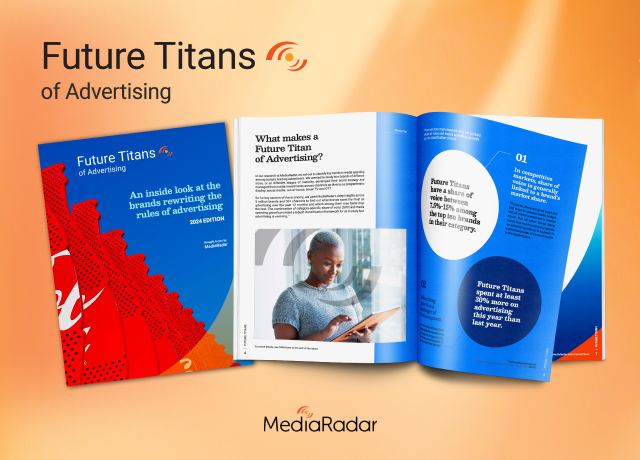

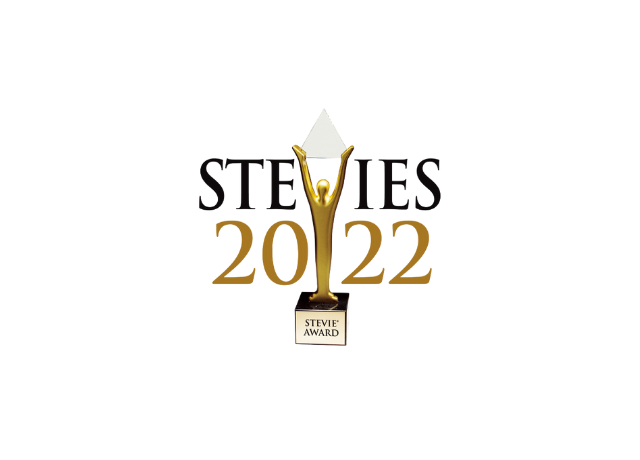


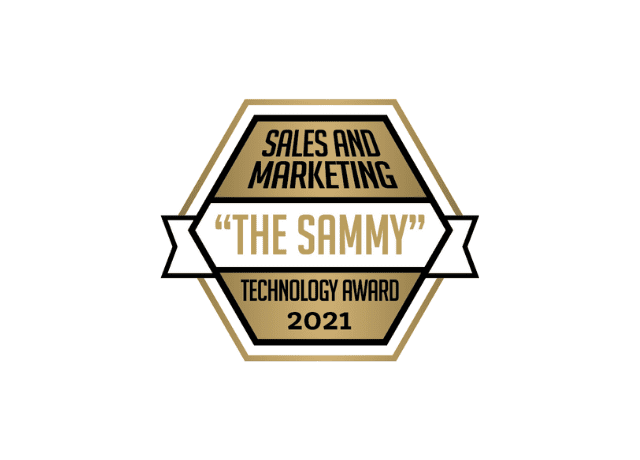
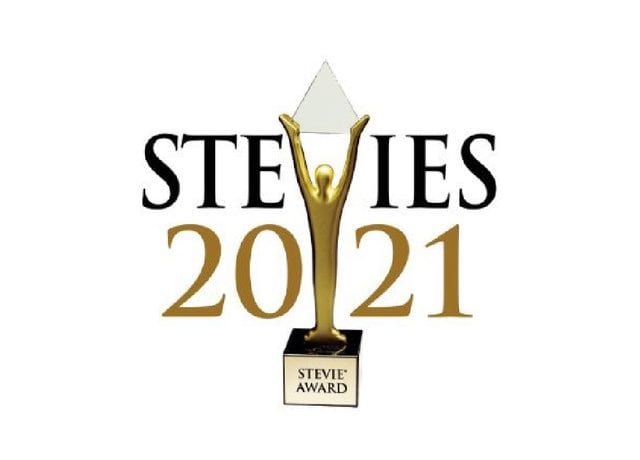

















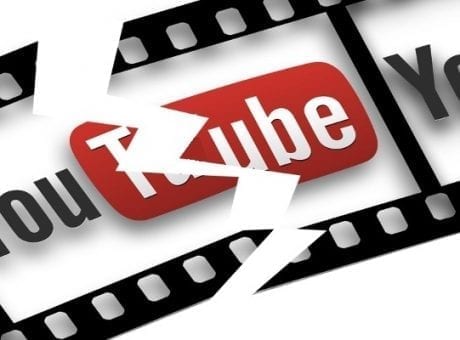

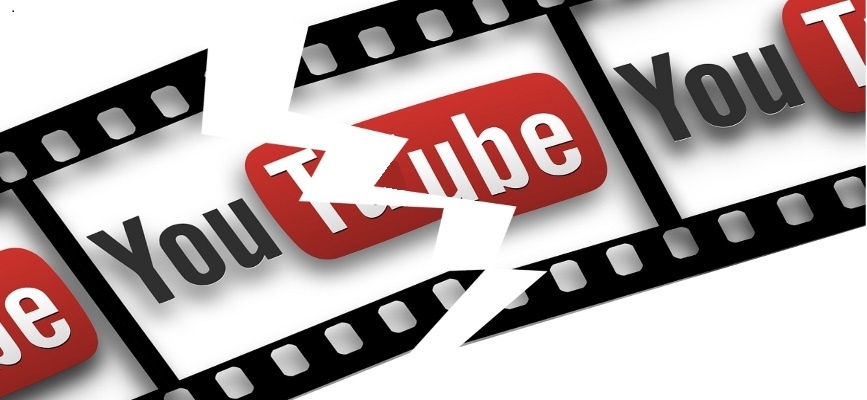




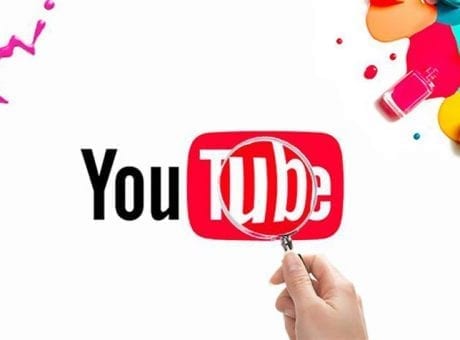

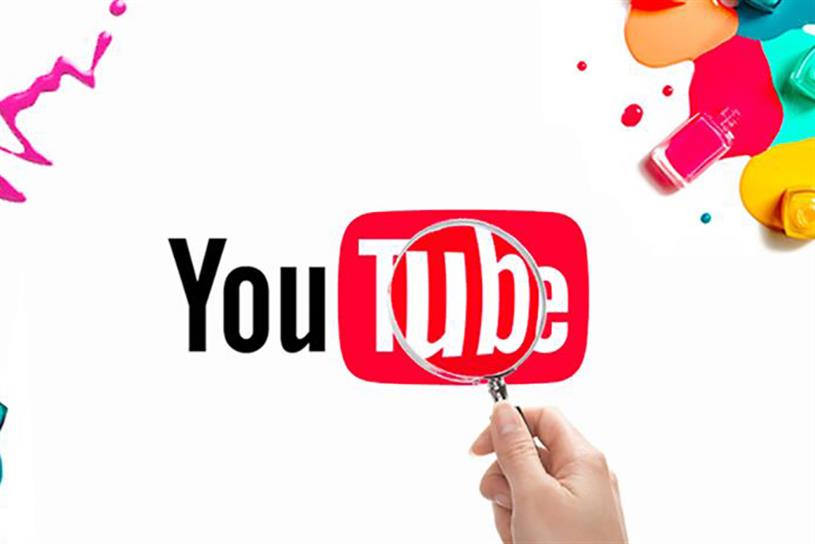
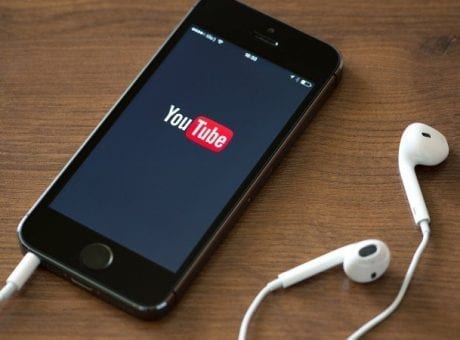



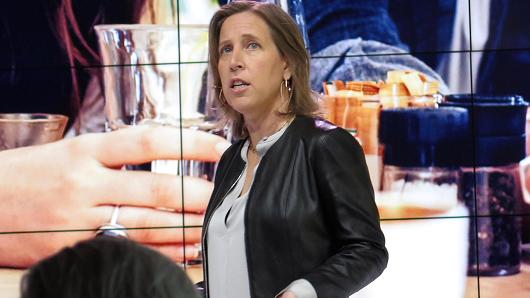
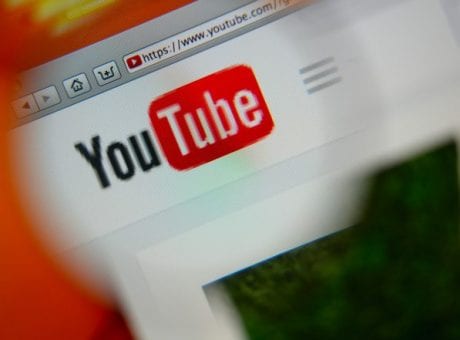
.jpg)




